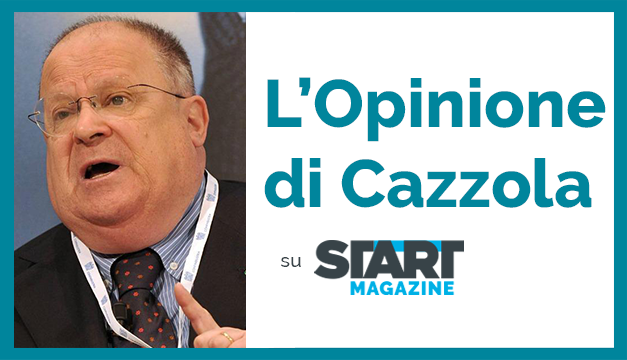What is the state of health of pension funds

Giuliano Cazzola's analysis
The report for 2020 of Covip (Supervisory Commission on pension funds) was presented in recent days. As is well known, after the 2007 reform, severance pay was identified as the main source of financing for private and funded pension schemes.
The operation is intended to achieve the following objectives: the possibility of employees to be able to make use of an available and adequate resource (being equal to almost 7% of the salary) for the purpose of determining the individual contribution amount of the participating workers; with regard to employers, the allocation of severance pay does not involve an increase in labor costs, but only an anticipation of the provision to employees of a sum that is normally paid, in cash, at the time of termination of the relationship of work. The fact is that the State has put a hand in us, in the sense that the pay-as-you-go financing criterion has also been applied to the severance pay – not opted for in companies with 50 employees or more.
WHAT THE REGULATION PROVIDES
The legislation in force provides that the employee in the private sector has several options regarding the allocation of the accruing severance indemnity (TFR) quotas:
– merge the TFR into a form of supplementary pension with tacit modality: if within six months of the first hiring the worker has not made any choice with regard to his TFR, the employer makes the TFR converge accruing to the collective social security form of reference for the worker or, in the absence of this, to the COMETA fund following the ministerial decree of suppression of FONDINPS which entered into force in August 2020;
– merge the severance pay into a form of supplementary pension in an explicit manner: the worker can decide to pay his / her severance pay to the social security form he has designated by investing, in addition to the accruing severance pay, also an additional contribution share (his own and possibly the employer's of work) which will be fully deductible from total income within the annual threshold of € 5,164.57;
– maintain the severance pay regime pursuant to art. 2120 of the Civil Code with explicit methods: setting it aside at the company to which it belongs if the latter has fewer than 50 employees or, in the case of a number of employees equal to or greater than 50, allocating it to the Treasury Fund, managed by INPS, who – here is the new financing criterion that we have defined as pay-as-you-go – collects the resources year by year and makes the relative payments; the surplus is destined for the current expenditure of the state. Let us then observe the actual allocation in the Treasury Fund of the amount of an annual accrued severance pay.
THE DATA
The total flow of severance indemnities that was generated in the production system in 2020 can be estimated at approximately € 27.2 billion; of these, 14.7 billion remained set aside with companies, 6.5 billion paid into supplementary pension schemes and 5.9 billion allocated to the Treasury Fund.
Since the start of the reform, out of 348.4 billion post-employment benefits, 192.9 billion (55.4 per cent of the total) remained in the company; 80.3 billion (23 per cent of the total) went into the Treasury Fund. The part destined for supplementary pensions was 75.2 billion euros, 21.6 per cent of the total.
Severance indemnity generated in the production system – Method of use
| (annual flows; amounts in millions of euros) 2016 | 2017 | 2018 | 2019 | 2020 | Total
2007-2020 |
||||||
| Supplementary pension | 5,674 | 5,832 | 6,016 | 6,322 | 6,538 | 75.166 | |||||
| Treasury Fund | 5,784 | 5,845 | 5,891 | 6,059 | 5,941 | 80,289 | |||||
| Acc.to in the company | 13,550 | 14,379 | 15,047 | 15,349 | 14,671 | 192.946 | |||||
| Grand total | 25.008 | 26,056 | 26.954 | 27,730 | 27.150 | 348.401 | |||||
Source: Covip
This is a machine translation from Italian language of a post published on Start Magazine at the URL https://www.startmag.it/economia/relazione-covip-2020/ on Mon, 21 Jun 2021 07:21:05 +0000.
